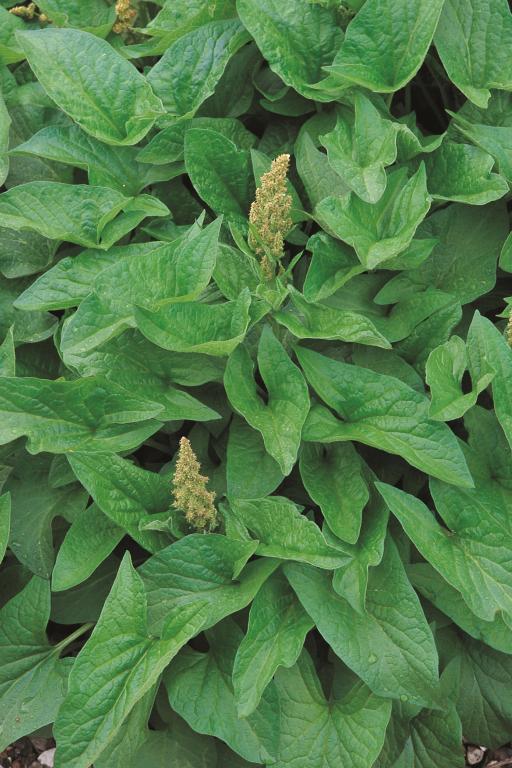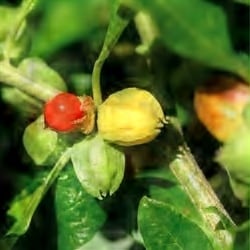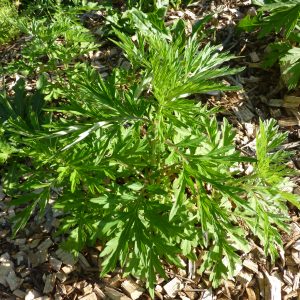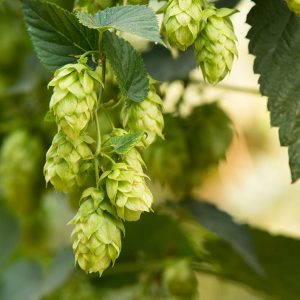Very good king henry
Good King Henry is an ancient ‘pot herb’, related to Amaranth. The leaves, young shoots, flower buds, and even the seeds are edible. It is usually steamed rather than eaten raw, as it contains tart oxalic acid. Regular harvesting of leaves will generate regrowth, from spring ‘til late summer. 20-30” tall. A vigorous grower and, unlike so many vegetable plants, is thriving in partial shade. Can be planted thickly to act as a ground cover, and can grow under trees, as long as the shade is not dense. Ideal for permaculture. In favorable conditions, it will self-sow modestly. Grow in deep rich soil for the happiest plants. Hardiness Zone 3 to 7. Pot 3.25″ sq x 3.9″ tall. (Our plants are never treated with chemical pesticides)
Good King Henry is a hardy perennial herb with succulent shield shaped leaves. It has many other names such as Lincolnshire spinach, Fat Hen or Poor-man’s asparagus and has both many culinary and medicinal uses.
More info:
Good King Henry is originally a native of the Mediterranean but appears to have been grown as a pot herb in Britain for the last 5000 years. Evidence shows it growing in well manured land around settlements, being especially popular in the medieval era.
Good King Henry is now returned to popularity in modern herb gardens. The leaves are green and somewhat juicy and grow up to 7cm long with an arrow or shield shaped outline. The tiny flowers are yellowish-green and insignificant, they should be trimmed off to encourage leaf production.
As it is a perennial, Good King Henry can be treated like an everlasting spinach plant with a few leaves harvested from each plant at any one time. The leaves should be boiled or steamed until tender. Very young leaves can be shredded and added to salads, but as the leaves become rather waxy as they mature it is important to use the youngest ones.
The stems can be used as a substitute for asparagus if cut when no more than 20cm high and the leaves removed. The stems should be simmered until tender for up to 10 minutes then drained well on kitchen paper before serving with butter.
Medicinally the herb was used in ointments and poultices to cleanse wounds and infections, the roots were given to sheep as a remedy for coughs. The plant was used in Germany for the fattening of poultry, hence its name Fat Hen.
The name Henricus refers, not to the kings of England of that name, but to elves in Saxon folk tales.




Reviews
There are no reviews yet.